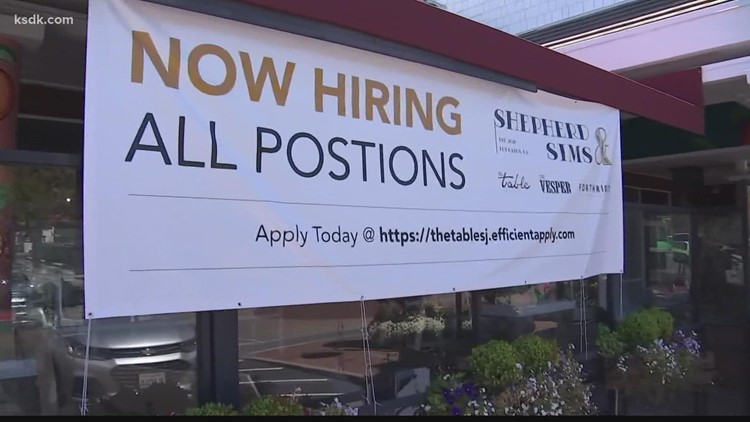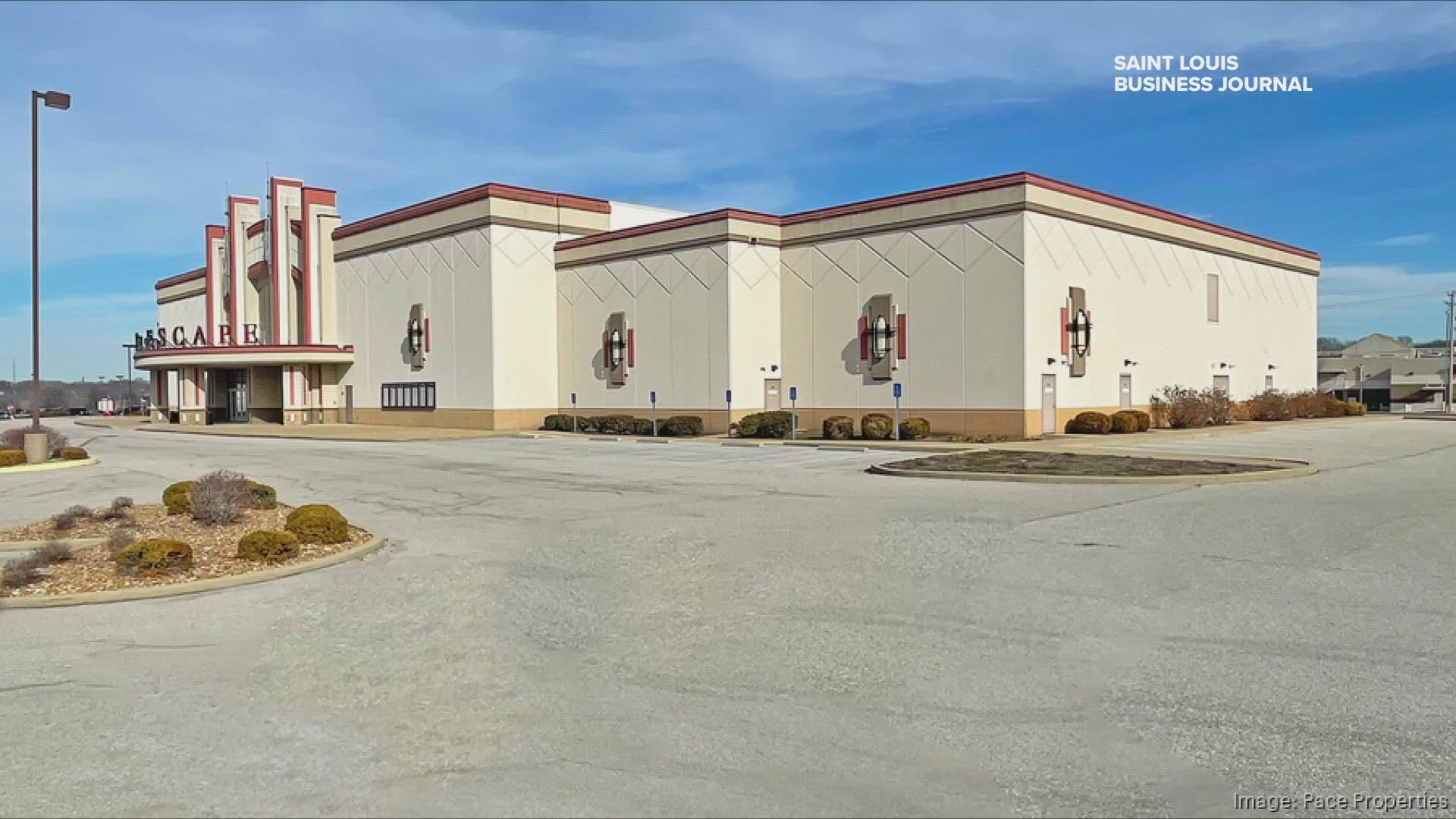LOS ANGELES — A hospital in Los Angeles is offering nurses $120 per hour and a $1,000 weekly stipend to work for 20 weeks at its facility in Los Angeles.
According to a text from an industry recruiter, the role comes with 48 hours a week guaranteed for 20 weeks — a total of $135,200 in compensation.
While those staggering amounts aren't commonplace in most industries, there's a good chance these days that employees, regardless of the sector, can find someone willing to pay them more than they are making.
The dynamic is driving a trend of "job shuffling" among workers and driving up costs for small businesses.
Businesses across the country are pulling out all the stops to bolster pay, offer better benefits and find ways to cope with a shortage of workers exacerbated by the Covid-19 pandemic and worsened by long-term demographic shifts. For business owners, it’s a labor shortage, and polls shows it's a major concern.
But for workers, its a once-in-a-generation job market ripe with opportunity.
The job market is strong and on the upswing, and Bureau of Labor Statistics data shows projected jobs growing from 153 million in 2020 to 165 million in 2030, according to Eleesha Martin, RPO manager at national employer organization G&A Partners.
“With this positive ten-year horizon, the U.S. workforce will enjoy an unprecedented market that can be best defined as a “workers in control era," Martin said. “By summer of 2022, we will experience a return to pre-pandemic levels of joblessness.”
That means that workers will continue “job shuffling” — seeking out the jobs that offer better benefits, flexibility, competitive wages and a winning culture, Martin said.
The current job market might actually be unparalleled in American history, said Emsi Burning Glass Senior Labor Economist Ron Hetrick.
"Because of the way our economy is made up now, meaning the mix of high-tech to low-tech jobs, we have never had a labor market like this. After World War II, there was a huge demand for labor to get everything moving again, but we were still a manufacturing-dominant economy," Hetrick said in an email. "We've truly never seen this much incredible opportunity for workers."
Read the full story on the St. Louis Business Journal website.



